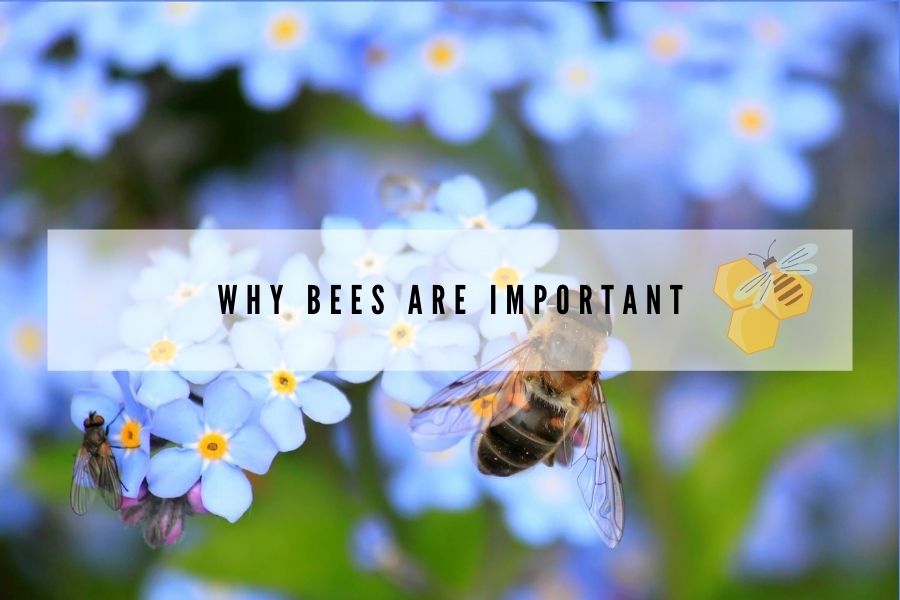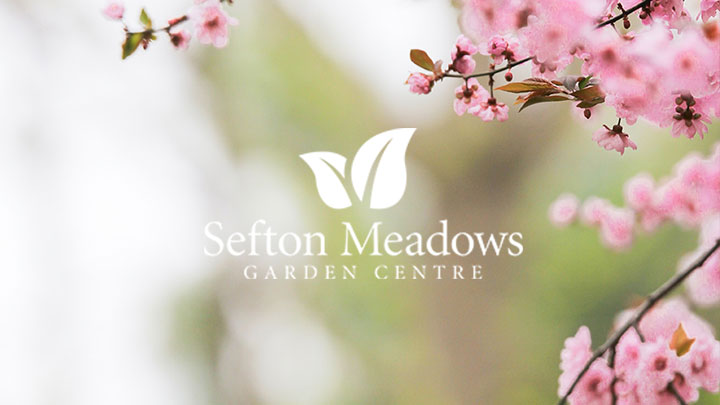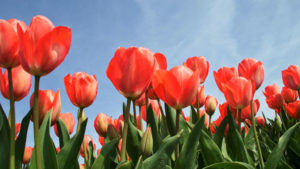
Bees are a vital part of the ecosystem, and they do a lot more to keep the planet healthy than most people realise. Globally, there are over 20,000 species of bee that we know about and in the UK, there are over 250 species of bee – including 25 species of bumble bee, 1 species of honeybee, and 224 species of solitary bee[i]. Each species contributes enormously to not only the UKs environmental wellbeing, but to the wellbeing of the planet.
So, let’s explore the role that bees play in our lives and why they are so important.
Types of bees
As we touched on earlier, there are different types of bee. Lets take a look at different bee types, what they do and what they look like.
Honeybee

The honeybee is a well-known, most loved bee. In the UK we only have one species of honeybee, and the majority of them are domesticated and kept in managed hives by bee keepers.
Looks like:
- Oval bodies
- Large, black eyes
- Furry ‘chest’ area
- Black abdomen with yellow/golden stripes
- Bent antennae
Bumble bee

The humble bumble bee is a calm species of bee that will only sting when they feel threatened – so resist temptation to bat them away with your hands when they come close. Although they don’t produce honey, they are extremely valuable pollinators that need to be protected.
Looks like:
- Fuzzy black and yellow striped body (some species are orange or red)
- Up to an inch long
- Males have rounded abdomens, and females have pointed abdomens with stingers
Solitary bee
Solitary bee species are very diverse, and as the name suggests they don’t live in a hive or nest with other bees. Common solitary species include miner bees, mason bees and carpenter bees[ii].
Looks like:
- Smaller than honey and bumble bees
- Varying colours – black, green, blue and red
- Some resemble wasps
What do bees do?
The job that bees do is vitally important; but what exactly do they do, and why does it matter?
As bees travel between plants feeding on nectar, bits of pollen stick to their legs and bodies. When they land on another plant, this pollen is passed on and fertilises the plant which allows seed production to happen.
As well as pollinating, honeybees produce honey, which has been an extremely valuable resource for its medicinal benefits and taste for centuries.
Why are bees dying?
There are quite a few contributing factors to why bee populations have been on the decline. The causes for colony loss are very complicated, but here are the basics:
- Loss of habitat – like all animals, bees need shelter and food sources. As new building developments crop up and natural areas are carelessly bulldozed, bee habitats and their food sources are lost forever. 97% of wildflower meadows have been lost since WW2 – which is a significant chunk of habitat[iv].
- Use of pesticides – pesticides, including neonicotinoids, can severely damage bee colonies. Exposure can affect their ability to navigate, fly, reproduce, and they can cause deformities. Herbicides are harmful to the bees food supplies too, leading to less foraging plants being available to them year-round.
- Invasive species – invasive species are species which are not native to the UK which prey on bees or take over their food supply. Asian Hornets are regarded as the biggest risk to UK bees since first being identified here in 2016 as they hunt and eat honeybees. Since then, a number of nests have been found and destroyed, and DEFRA have asked the public to report any sightings so they can eliminate the risk of them establishing a population in the UK. Certain species of mite can also be particularly dangerous.
Learn more about the threat of Asian hornets to bees here
The above factors can contribute to what is now known as CCD (Colony Collapse Disorder) – where whole bee colonies just disappear. All that usually remains is food, the queen bee, immature bees, and nurses to look after them. This usually occurs over the winter when food supplies are very scarce and the risk of CCD is much higher. It is hard to identify what causes CCD in every case, because the bees fly away from the hive to die alone.
What can we do?
Although the danger of what could happen if the bees disappear is very real, there are steps we can take to make it better, encourage more colonies to form, and support a healthy population of bees.
Plant more flowers
Reverse the effects of lost habitat by planting more flowers in your garden. There are many ways you can introduce bee-friendly wildflowers and plants in a visually stunning way. If you don’t have the space to dig flowerbeds, you could dot potted plants around your seating area – permanent garden gazebos look particularly good with climbing flowers growing up them.
You could also try to get your local council engaged in adding pockets of biodiversity to your local area.
What flowers do bees like?
There are hundreds of bee-friendly flowers, here are just a few[v].
- Crocus
- Heather
- Allium
- Foxglove
- Bluebell
- Primrose
- Thyme
- Comfrey
- Snapdragon
- Cornflower
- Lavender
- Single-flowered Dahlia
- Ivy
- Any purple flowers (bees can see the colour purple very clearly)
- Any tubular flowers
- Any single flowers
Plant blossoming trees
Trees which blossom provide thousands of flowers for bees to pollinate and get nectar from. They also make amazing shelters for the bees and for hundreds of other species.
Support organic farmers or grow your own
Remember the mantra of ‘supply and demand’. If you take away the demand for vegetables grown by farmers who spray pesticides and herbicides, they will supply less. Obviously, you alone will not make much of an impact, but if many people start to buy organic or grow their own fruits and veggies, it will start to make a difference. And less pesticides means more healthy bee colonies.
Give them somewhere to live
One of the reasons for the decline of bee populations is the lack of homes for them. You can buy or make bee apartments which consist of tubes for solitary bees and leave patches of untouched land for bumblebees to create nests.
For shelter, you should let your grass grow so bees on the move can get out of the rain quickly.
What happens if all the bees die?
Basically, we will be in a lot of trouble.
If a plant doesn’t receive pollen, seed production doesn’t occur, and the lifecycle of the plant is interrupted leading to less plant reproduction. Since bees populate over 66% of the world’s food crop[iii], we’d be in serious trouble if they went extinct.
“If the bee disappeared off the face of the earth, man would only have four years left to live.”
Maurice Maeterlinck
Once a large number of plants that are bee-reliant have died off, there would be a domino effect across different eco-systems. Some animal’s food sources would be depleted, and other animal’s habitats would be destroyed, leading to them becoming extinct. This would affect the food-chain further up and cause unimaginable damage. Animals whose food sources are bees would also suffer.
In terms of the human food source although many crops are wind-pollinated, a lot of them rely on, and have adapted to, pollination from animals like bees. It’s highly unlikely that losing bees would equate to worldwide famine as cereal crops like wheat would still grow, but the variety of food available would reduce significantly. Hand pollination is an option, but it would make producing fruits and vegetables very expensive and hard to grow on larger scales.
Our infographic explains more about what the planet would look like if there were no bees. Take a look below.

References
Api:Cultural, n.d. Pollination by Bees. [Online]
Available at: https://www.apicultural.co.uk/the-foods-that-bees-pollinate
[Accessed April 2021].
Friends of the Earth, 2017. What are the causes of bee decline?. [Online]
Available at: https://friendsoftheearth.uk/nature/what-are-causes-bee-decline
[Accessed April 2021].
House of Commons Library, 2017. The UK bee population. [Online]
Available at: https://commonslibrary.parliament.uk/research-briefings/cdp-2017-0226/
[Accessed April 2021].
Moray Bee Dinosaurs, n.d. Solitary Bees. [Online]
Available at: http://www.moraybeedinosaurs.co.uk/solitary.html
[Accessed April 2021].
RSPB, n.d. Bee friendly plants and flowers. [Online]
Available at: https://www.rspb.org.uk/get-involved/activities/nature-on-your-doorstep/garden-activities/growflowersthatbeeslove/
[Accessed April 2021].
Sources
[i] https://commonslibrary.parliament.uk/research-briefings/cdp-2017-0226/
[ii] http://www.moraybeedinosaurs.co.uk/solitary.html
[iii] https://www.apicultural.co.uk/the-foods-that-bees-pollinate
[iv] https://friendsoftheearth.uk/nature/what-are-causes-bee-decline
[v] https://www.rspb.org.uk/get-involved/activities/nature-on-your-doorstep/garden-activities/growflowersthatbeeslove/
Ryan Jenkins is a professional gardener and has been working in the gardening industry for over 25 years. This has allowed Ryan to accumulate a vast wealth of gardening knowledge which he shares on the Sefton Meadows blog.



